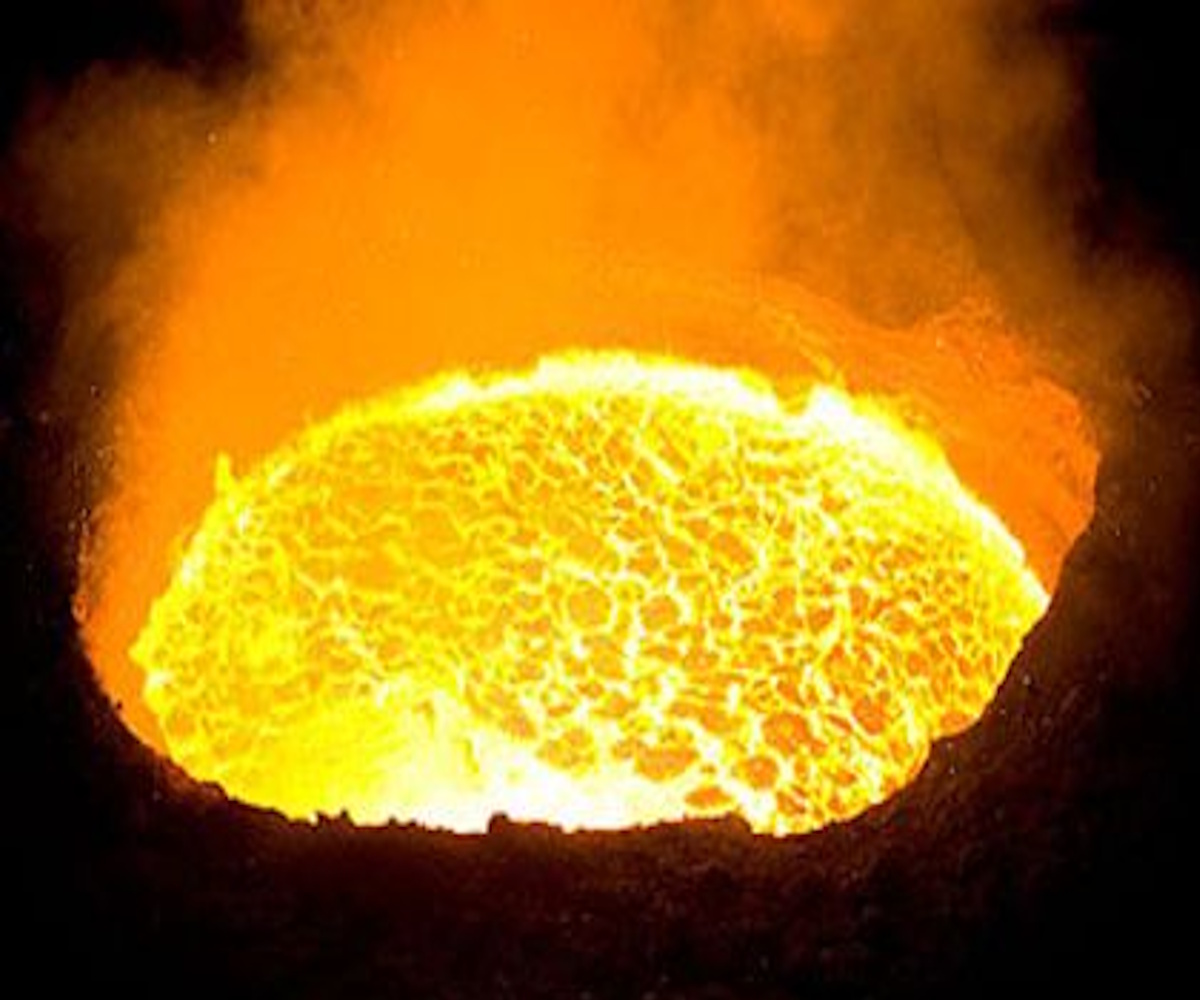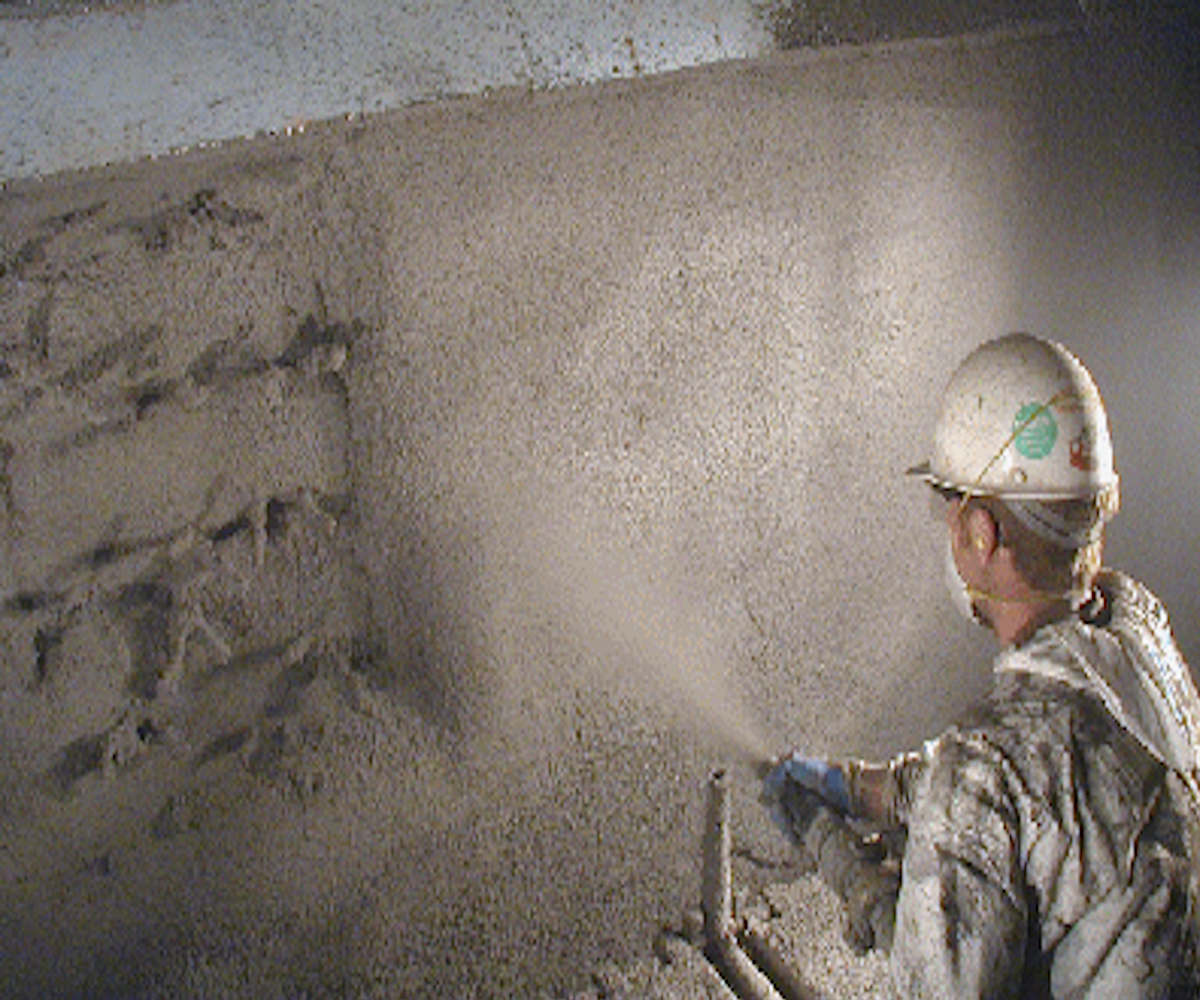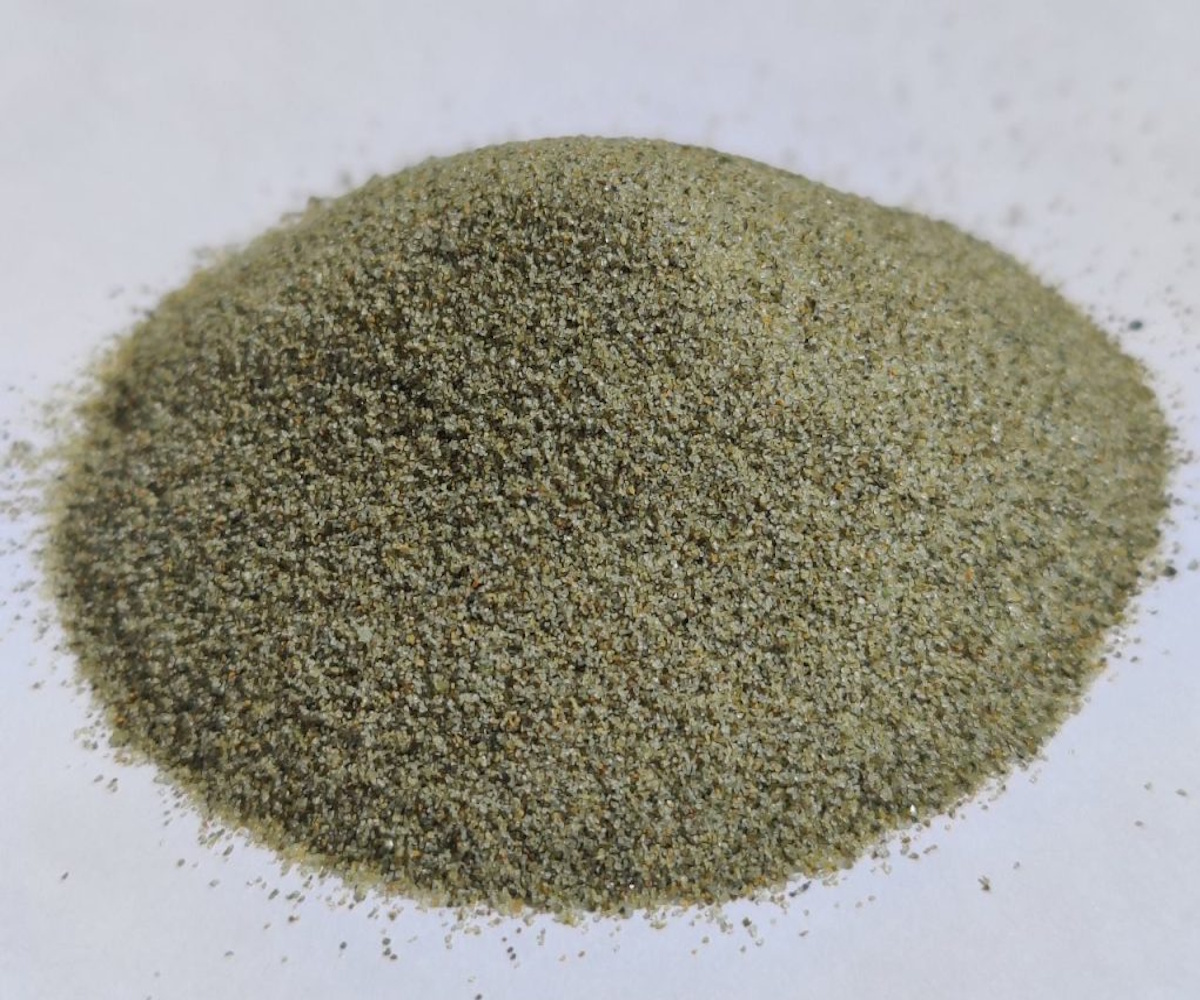Slag Conditioner
By: Eryas Madencilik| Price | Available on request |
| Category | Others |
| Manufacturer | Eryas Madencilik |
| Min Order Quantity | 1.00 MT |
| Delivery Lead Time | As per order |
| Place of Origin | Turkey |
| Supply Ability | Customization as required |
| Packaging Details | Standard export packing |
| Transportation Details | Road / Ship |
Description
Olivine can be used as slag conditioner both in the production of sinter and pellet by way of mixing into iron ore and by way of adding as a direct billet to a high blast furnace.
The addition of olivine may be made along with the charge and in both oxidising and refining slags.
Basic oxidising and refining slag conditioners are produced by adding olivine to the slag in the presence of CALCIUM OXIDE.
Benefits:
- Works much quicker than flourspar and reduces slag viscosity.
- Helps in the removal of phosphorus and sulphur from the melt.
- The MgO in olivine absorbs the phosphorus and sulfur from the melt.
- Olivine keeps the slag in a fluid condition during the refining period (the last part of oxidation), requiring further addition of lime to increase CO2 of the slag.
- Sinter temperature shows a drop going all the way down to 100ºC. As a result, coke consumption goes down.
- Better alkalinity and as a result, fluidity is possible to be established through the use of olivine in place of dolomite
- Sinter product is harder and it is because of this that doesn’t require giving the mixture back to sinter
- Less fuel consumption and therefore the required rate of air/sinter amount drops. In other words, more sinter is produced with consumption of same amount of air
- Less raw material is need since Olivine contains high MgO according to both serpentine and dolomite
- Less slag is obtained by using olivine
- 75% of the time passed in sinter temperature is used for evaporating CO2 when dolomite is used in sinter. Whereas this time becomes 15% shorter since it is used for the actual intent.
- Sinter product increases by 7% and fuel consumption decreases by 14% by way of using olivine instead of dolomite
Other Products
Post requirements















